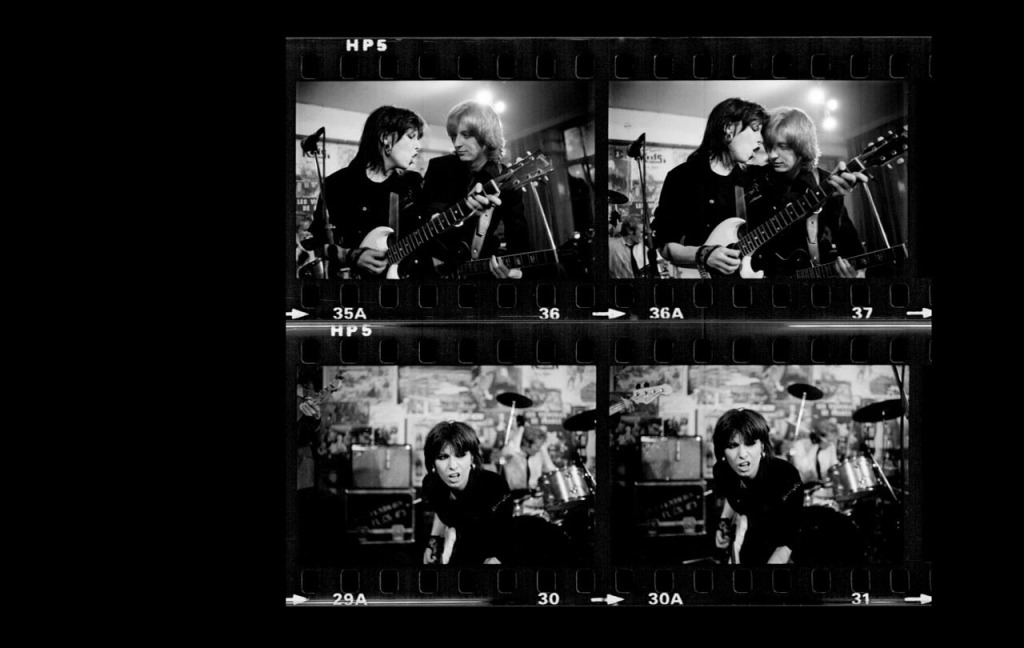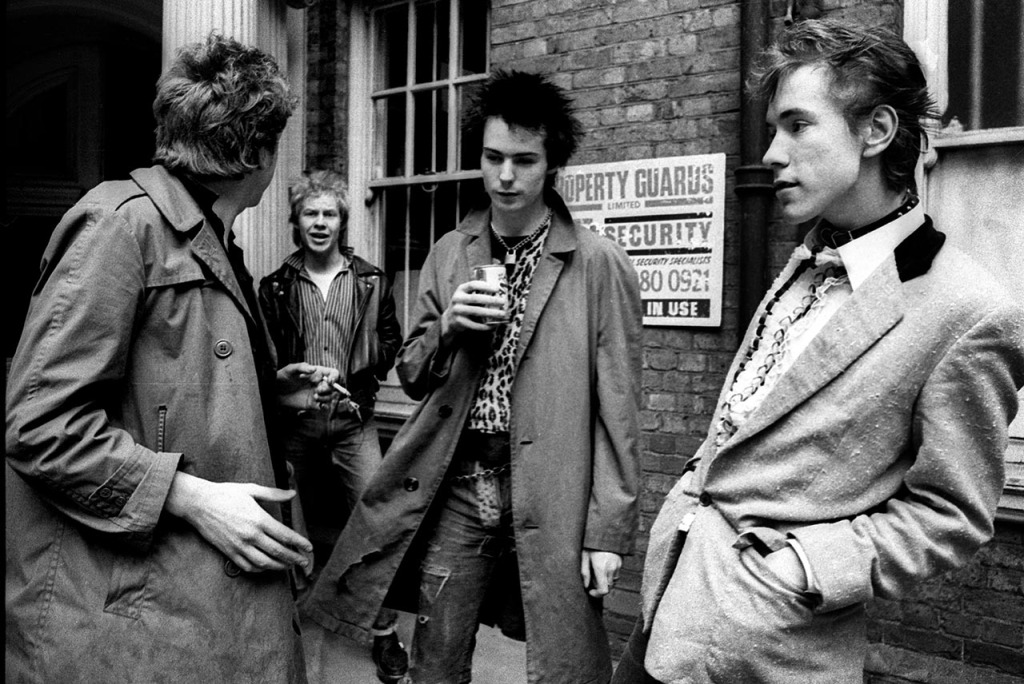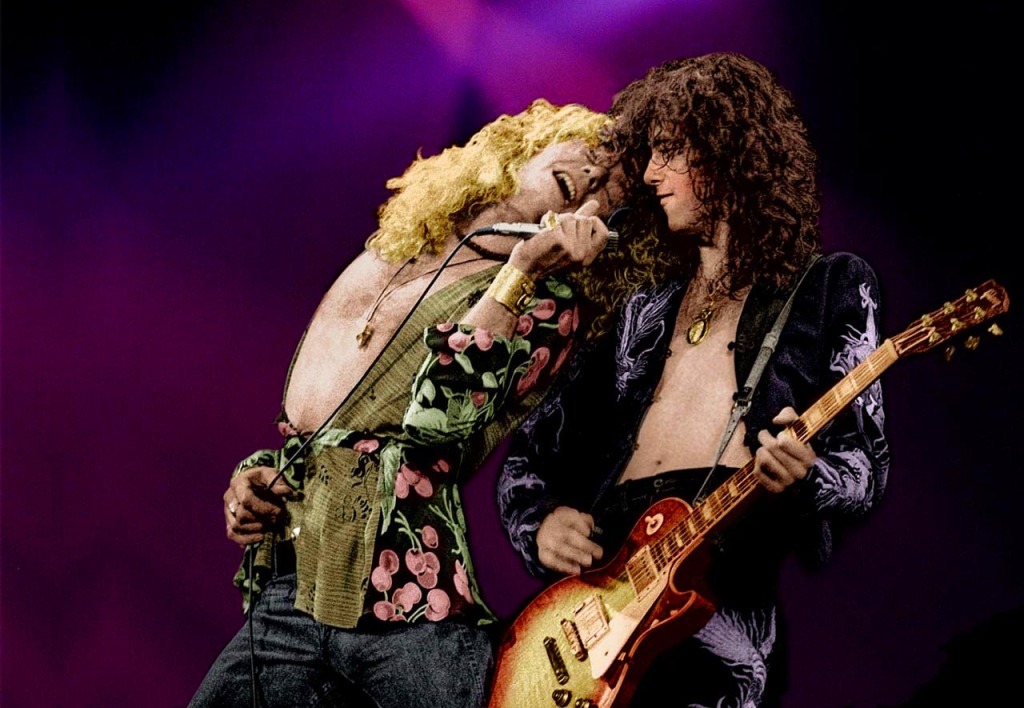 Paris Observatory telescope. This 60-centimetre telescope, installed in 1890, was designed by French astronomer Maurice Loewy (1833-1907). Loewy was Director of the Paris Observatory from 1896 until his death.
Paris Observatory telescope. This 60-centimetre telescope, installed in 1890, was designed by French astronomer Maurice Loewy (1833-1907). Loewy was Director of the Paris Observatory from 1896 until his death.
In spite of my obvious critical stance toward many of the fruits of the digital age, it certainly has its benefits, one of which is the ability to connect people of like mind across distances. Prior to the internet, if you wanted to share your interests with others, you did so on a local basis. Now the world is open to you. Through this blog I’ve been lucky to meet interesting, intelligent people from around the world – the Far East, Africa, South America, Europe – and also around the corner where I live in Raleigh, North Carolina.
So I was pleasantly surprised, while travelling recently, to receive an invitation to visit from Dr. Henry Joy McCracken, an Astrophysicist at the Institut d’Astrophysique de Paris and a dedicated Leica film shooter. Dr. McCracken works in a contemporary building located on the campus of the Observatoire de Paris, the foremost astronomical observatory of France, and one of the largest astronomical centers in the world. Its historic building is located on Boulevard Arago in the 13th Arrondissement in Paris. Louis XIV started its construction in 1667, completed it in 1671. It thus predates the Royal Greenwich Observatory in England, founded in 1675.
While the Observatory is open to the public on a very limited basis, nobody gets up on the roof and in the cupola where the telescope is found. Dr. McCracken brought me up on the roof and into the cupola. The telescope there is very old, very big and very impressive.
 On the Observatory Roof with Dr. McCracken. Behind him is the cupola where the Observatory telescope is housed. And yes, that’s a film Leica Dr. McCracken is sporting.
On the Observatory Roof with Dr. McCracken. Behind him is the cupola where the Observatory telescope is housed. And yes, that’s a film Leica Dr. McCracken is sporting. Inside the Cupola
Inside the Cupola Graffiti Scratched into the Stone Wall in a Space Under the Cupola
Graffiti Scratched into the Stone Wall in a Space Under the Cupola
The irony of our meeting is that, while we connected through Leicaphilia, a site dedicated to the enjoyment of Leica film cameras and film photography as a viable ongoing means of photographic practice, only one of us was sporting a film camera – and it wasn’t me, which, I’m sure, gave Dr. McCracken pause even though he was a gracious enough host not to note the obvious to me. I had with me an M8 with a Amedeo adaptor and vintage Nikkor attached; he had with him a beautiful M6 with 50mm Summicron that someone had given him, loaded with Tri-X. Of course, there was a reason I wasn’t toting a film camera, as I claim I usually do, and it was because I just didn’t feel like dealing with the hassles of film on an international trip – the X-ray scanning and rescanning, the repeated explanations at security about what exactly the bag full of home-rolled film cassettes actually contained, the time spent developing and scanning the developed film once home etc; all of the reasons normal people embrace digital and see the continued use of film as quixotic in the extreme. If you were to accuse me of being a hypocrite, you’d be right. Consistency is not my strong point, although, in my defense, I am in agreement with Ralph Waldo Emerson that consistency is the hobgoblin of little minds, requiring one to be as ignorant today as one was yesterday.
 These markers are found throughout the Observatory grounds. Something to do with the Meridian Line
These markers are found throughout the Observatory grounds. Something to do with the Meridian Line
So, did this trip help soften my antagonism toward digital Leicaphiles? Yes, it did, actually. I enjoyed the time spent with my M8 immensely. It’s a wonderful camera, offering the simplified Leica experience digitally. I borrowed a 35mm Summicron from a Parisian photographer friend and shot exclusively with the M8, the Ricoh GXR and the D3s staying in the bag. Along the way I lent it to a photographer who for years used both an M4 and M6 but never saw the use for a digital Leica – always saying “I just don’t see the point” when I’d enquire as to why he no longer used Leicas but now used professional Nikon DSLRs. Sitting on his Paris balcony, a few drinks in us both, I handed him my M8 with his Summicron attached. He picked it up, fired off the photo below and said “feels pretty much like a film Leica.” Yup. Pretty much.
*************
So, back to my thoroughly enjoyable day at the Paris Observatory, courtesy of Dr. McCracken, who, I should add, is an excellent photographer in addition to being a fine human being and a very intelligent guy dealing daily with issues that most of us simply aren’t smart enough to understand, let alone discuss. He publishes 52 Rolls: One Roll of Film for Fifty Two Weeks, where he shoots a roll a week and posts the photos on his blog.
As part of my tour, Dr. McCracken brought me into the bowels of a building on the Observatory campus where is located the darkroom that was once used to develop the Observatory’s photographs. Down a few flights of steps and behind a locked door stood a perfectly functional darkroom, still stocked with papers and chemicals with expiration dates from the 1990’s. Apparently, it had been locked away and forgotten, a sad commentary on the state of analogue photography. Fortunately, he has rescued it from disuse and it is now, again, being used for its intended purpose, although certainly now not in any official Observatory capacity. At the very least, it made me feel good that it has been resurrected and that maybe, just maybe, this blog might have had some little thing to do with it.
 The Paris Observatory Darkroom
The Paris Observatory Darkroom
After my tour we settled in for a cup of coffee on the terrace of Dr. McCracken’s building, where we were joined by fellow Astrophysicists. We discussed, among other things, Dark Matter, String Theory, whether the Universe is expanding or contracting (its “bouncing” apparently), and, parenthetically, why we still all loved film cameras. We talked about the incredible vistas digitalization has opened to science, but we also discussed the problems that come along with our move from analogue to digital. Someone noted to me that there still existed, somewhere deep in the bowels of the Institute, negatives from more than a hundred years ago that charted the positions and conditions of the cosmos at that time, and that these offered a contemporary scientist the ability to go back and recreate those conditions in light of new theories or data, necessary work if you subscribe to Thomas Kuhn’s theory of how science changes. With digital data, so susceptible to degradation and loss, he noted, scientists 100 years from now might not have access to the same sort of data from our era, so eager are we to embrace new technology without thinking through the full consequences for the ongoing transmission of scientific culture. Who, I asked, is thinking about these issues? No one, he replied.
*************
 The Observatory Stairwell
The Observatory Stairwell
Having thoroughly enjoyed my visit with Dr. McCracken, off I went. Somewhere in the Marais, I lifted my M8 to take a photo of something, and as I did a gentleman walked past me with a curious look on his face, turned around and tapped me on the shoulder. “Are you the Leicaphilia guy?” he asked, to which I replied, yes. That’s me. A nice enough guy, we spoke some time, him being a reader of the blog. He, of course, had a beautiful Pentax MX film camera with him, although he assured me there was an M2 at home. I, of course, had my digital M8, another slightly uncomfortable situation which he was gracious enough to ignore.
And so now I’m home, having gone through my DNG files and processed the keepers. You’ll notice that they’ve all been processed to emulate the film look. I’m not sure what I should think about this. Is this “cheating,” inauthentic in some way? Even if it is, who cares? Isn’t it the end result that matters? In any event, I feel vaguely like a poseur, someone who advocates one position while acting in accordance with another. Regardless, I think I really like my M8. Will it become my tool of choice? Probably not, and probably for those same archival issues articulated by the Astrophysicist. But who knows.


















































